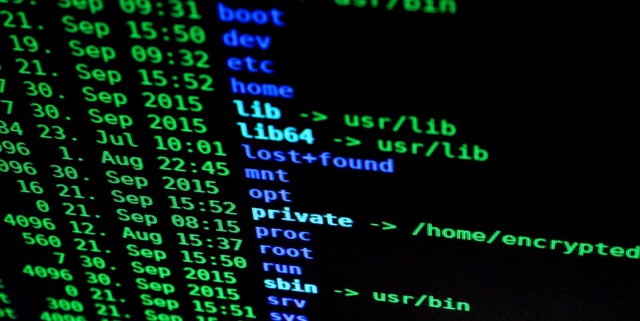You’ve Been Hacked. Now What?
So you’ve opened an innocent-looking email, download its attachments, and when you found it uninteresting, you went on with your daily chores. The next day, you’re awakened to the calls of your employees: your system has been hacked. Right at that moment, your company’s PCs have turned into zombies, and your operation is paralyzed. What are you going to do?
With about 50% of small businesses getting hacked each year, you can’t afford to be complacent. If the day comes that your business is the victim, you should have a hacking recovery plan in place.
Here are the steps you need to do in the event of a hacking.
Isolate the infected computers
After checking which computers have been compromised, isolated those that are infected with the malware. By isolation means you need to cut the PC’s connection from your network and other devices. This way, the hackers can only pull strings within limited cyberspace.
Shut down the affected computers
As long as your computer is on, the hackers are continuously accessing the files. After isolating it, shut the units down and remove the hard drive. After that, connect the hard drive to a different computer, now as a secondary and non-bootable drive.
From there, you can use spyware or malware removing toolkit. Your IT team will play a significant role here as well as your IT service provider if you’re outsourcing.
Report the attack
Once the hacking is isolated and somehow in control, you should report it to the authorities. This is important, especially if customer or employee information has been compromised.
Some hacking incidents have to be reported to the FBI. Still, it depends on the scale and extent of the breach. Nevertheless, it pays to report it to the local authorities.
You should also notify the stakeholders (customers, business partners, employees) of the hacking.
Retrieve your old files
Once you successfully removed the spyware or malware on the hard drive, you can now copy your important files. Use a clean drive, CD, or DVD for this.
Wipe the previously infected drive clean
Even if the cleaning tool kit shows that you’ve cleaned the malware or spyware, it’s best to wipe it clean. You’ll need to use a hard drive wipe utility tool to ensure that nothing is left in storage.
After that, it’s best to contact an IT service provider to strengthen your business’ cybersecurity. Also, they can help in recovering and cleaning the infected hard drives of your company.
It’s crucial to install proactive systems on your company’s network. This will act as the first line of defense against the hacking.
Final words
Hackers are getting sneakier every day. With more and more businesses falling prey to their shady tactics, you should be prepared for the day that your company will become the next target.
Even a small business isn’t an expectation. Hackers know that you’re thinking of the same thing. When you’re not looking, they will creep into your system and steal data that will cripple your operation.


Leave a Reply
Want to join the discussion?Feel free to contribute!